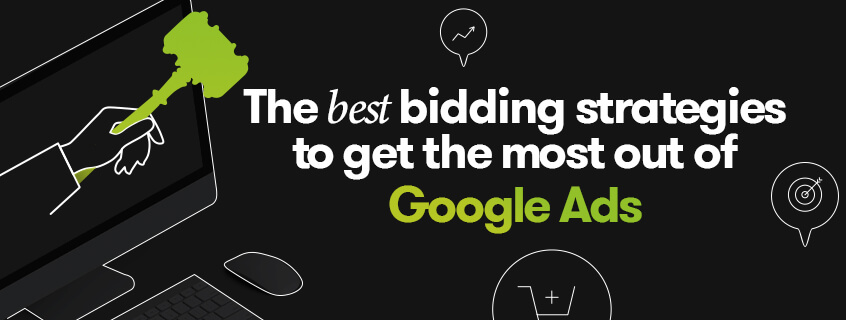

There’s a lot to juggle when you’re running a Google Ads campaign. You want to make sure you’re targeting the right keywords, attracting the right audience and optimising your landing page for conversions – all while sticking to budget.
Whether you’re wanting to drive more traffic to your website or increase visibility for a new product you’re launching, choosing the right Google Ads bidding strategy is crucial. It can make the difference between a profitable campaign and campaign that flops.
This guide to Google Ads bidding strategies will help you wrap your head around the different options and when to use them. Plus, we’ve thrown in a few pro tips on how to get the most out of your bidding strategy.
what our clients are saying
create business. better everyday.
Let's Talklearn from the best minds in the business
Bodie provides some insight into Dilate's internal operations. How we approach what we do, and how we strive to be Better Everyday.

"*" indicates required fields


